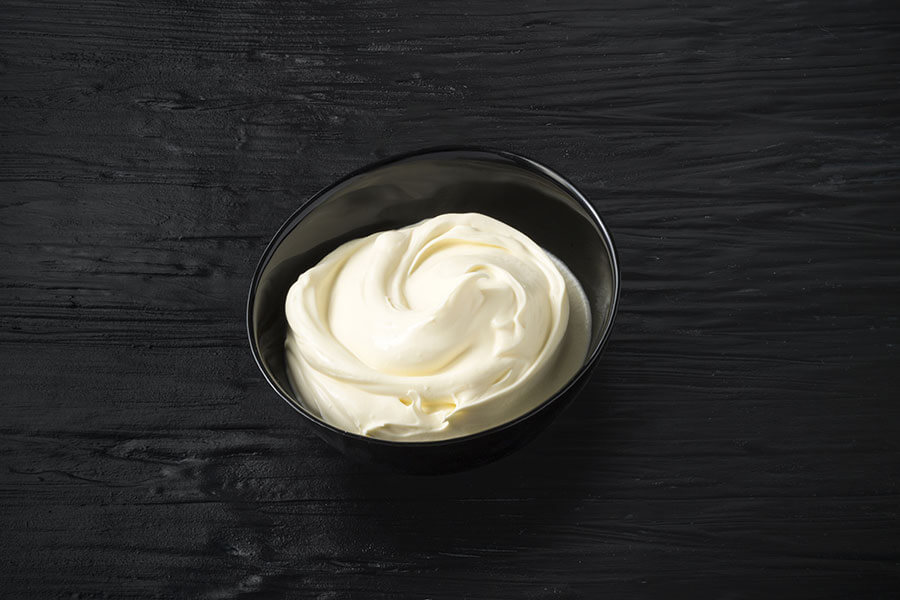Crème de Bresse
Crème de Bresse and Beurre de Bresse owe their renown to the region of the same name. This bocage plain enjoys a remarkably diverse flora and has historically been used for grow corn. Bresse cows feed off a well balanced diet of grass (out to pasture for at least 150 days per year), corn and cereal, all of which is cultivated in Bresse. This results in a fat-rich milk that helps to make the region’s cream and butter so special. The cream matures slowly and naturally, both in physical and biological terms, so that all the flavours develop without any thickener, colouring, preservative or artificial flavouring. There are two PDO Bresse creams, the distinction residing in their amount of fat content, their acidity, texture and suitability for cooking. In addition to its generous texture, thick PDO Crème de Bresse is characterised by pronounced acidity and milky flavours. Semi-thick PDO Crème de Bresse is smooth and particularly clingy, with subtle vanilla flavouring.
-
Cream
Cow’s milk -
YEAR OF LABELLING
1986 -
Thermized/pasteurized milk
-
Butters and creams
Key figures
-
73 Milk producers
-
2 Production plants
-
7 500 Tons marketed in 2020
READ MORE
www.aoc-creme-beurre-bresse.fr

